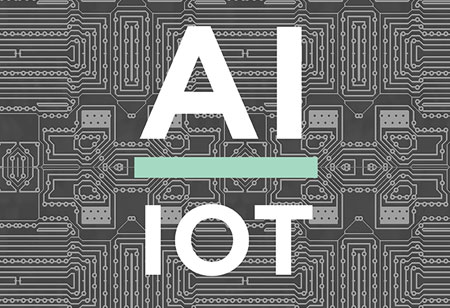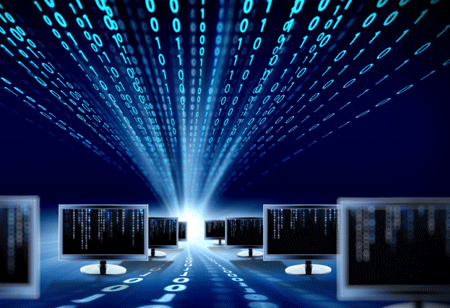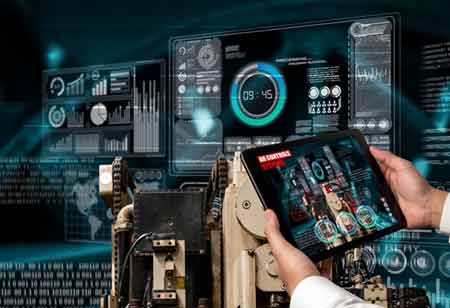THANK YOU FOR SUBSCRIBING
Wireless Technologies and Smart Home: Smart Building Products
Smart homes and smart buildings solutions are more appealing to millennials, who have faith in technology, support its further invention and development, and are aware of generally accepted new services

By
Apac CIOOutlook | Monday, August 23, 2021
Stay ahead of the industry with exclusive feature stories on the top companies, expert insights and the latest news delivered straight to your inbox. Subscribe today.
Smart homes and smart buildings solutions are more appealing to millennials, who have faith in technology, support its further invention and development, and are aware of generally accepted new services.
FREMONT, CA: Even though IoT solutions are becoming an increasingly important aspect of daily life, only 0.06 percent of devices with Internet connectivity are already online. This uncharted territory lays the groundwork for future IoT solutions and services to evolve and innovate.
The smart home is currently the most common IoT use case. The popularity of smart homes is likely to be fueled by the fastest-growing age group of new homeowners, the millennials. They value technology more than other traditional new house features since they grew up with it. Smart homes and smart buildings solutions are more appealing to millennials, who have faith in technology, support its further invention and development, and are aware of generally accepted new services.
Amazon, Google, Apple, and Samsung are the most influential players in the smart home sector, with products ranging from smart thermostats to smart lights. The rising cost of energy or other utilities production and distribution, the declining cost of technologies and mass production, ongoing government policies, energy conservation campaigns, and growing awareness of the environmental consequences of carbon footprints are driving factors in smart homes' ever-increasing popularity devices.
Smart lighting systems can detect people's presence and alter lighting accordingly. The auto-regulation of smart light bulbs depends on the intensity of sunlight. Smart locks are an effective way for consumers to control who has access to their property. Real-time home monitoring is now possible 24 hours a day with smart security cameras. Smart motion sensors with various features and configuration options can distinguish between residents, visitors, pets, and unwanted visitors. They can alert police to suspicious activity, set up day or night cameras for recording, and even provide monitoring to let elders stay at home safely. These safety elements can also be used to pet care.
Smart homes also include smart TVs, smart washing machines and dryers in the laundry room, and smart kitchen appliances like smart coffee makers, toasters, and refrigerators that keep track of expiration dates, make shopping lists, and even produce recipes depending on what is on hand.





